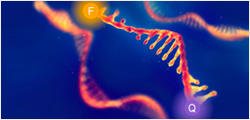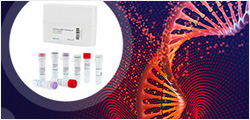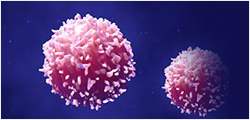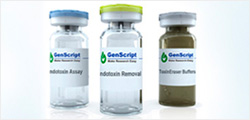
The purity of BST1, His, Cynomolgus is greater than 95% as determined by SEC-HPLC.

BST1, His, Cynomolgus on Bis-Tris PAGE under reduced condition. The purity is greater than 95%.
BST1, His, Cynomolgus
BST1 overexpression conferred resistance to sphingosine in yeast. BST1 deletion produced sensitivity to exogenous D-erythro-sphingosine and phytosphingosine and intracellular accumulation of sphingosine 1-phosphate upon exposure to exogenous sphingosine. sphingoid base metabolism is similar in all eukaryotes and suggests that yeast genetics may be useful in the isolation and identification of other genes involved in sphingolipid signaling and metabolism.
| Z04751 | |
|
|
|
| ¥72,752.00 | |
|
|
|
|
|
|
| Ask us a question | |








































